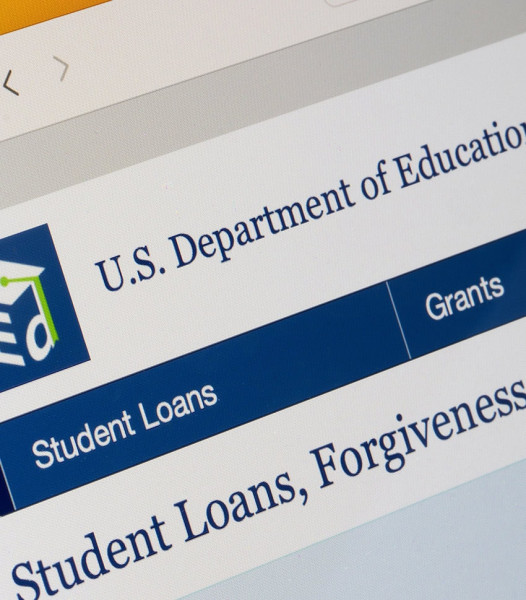The U.S. Department of Education plays a pivotal role in the lives of millions of students across the country, managing a vast portfolio of federal student loans and grants. As of 2025, the department oversees a staggering $1.6 trillion in student loans, making it a critical player in the financial landscape of higher education.
One of the primary functions of the Department of Education is to provide financial aid through the Free Application for Federal Student Aid (FAFSA). This form is the gateway for students to access federal grants, loans, and work-study programs. The FAFSA form for the 2026-2027 academic year is set to be available on time this fall, ensuring that students and families can plan their educational finances effectively.
The Department of Education's Office of Federal Student Aid (FSA) is the largest provider of financial aid for college in the U.S., awarding over $120 billion annually in grants, work-study funds, and low-interest loans to approximately 13 million students. This financial support is crucial for many students, enabling them to pursue higher education despite financial constraints.
In recent years, the Department of Education has faced significant challenges, including the ongoing dismantling of operations and the resumption of collections on defaulted federal student loans. The FSA resumed collections on defaulted loans starting in May 2025, marking a shift from the pause that began in March 2020. This move has implications for borrowers who have defaulted on their loans, as the Department will now actively pursue repayment.
For students and borrowers, navigating the complexities of federal student loans can be daunting. The Department of Education offers various resources to help manage these loans effectively. One such resource is the Direct Consolidation Loan, which allows borrowers to combine multiple federal student loans into a single loan with a single monthly payment. This can simplify the repayment process and potentially lower monthly payments, making it a valuable option for many borrowers.
The Department of Education also provides a range of tools and information to assist borrowers. The Student Information Center offers access to account information, loan servicer contact details, and payment options. Additionally, the Department's Frequently Asked Questions (FAQs) page addresses common queries about grants, student loans, and more, providing a comprehensive resource for borrowers seeking clarity on their financial aid.
In October 2025, the Department of Education published final Public Service Loan Forgiveness (PSLF) program regulations, which will take effect on July 1, 2026. This program offers loan forgiveness to borrowers who work in public service jobs and meet specific criteria. The updated regulations aim to streamline the process and provide clearer guidelines for eligible borrowers, offering a pathway to financial relief for those who qualify.
Despite these efforts, the future of the Department of Education remains uncertain. The ongoing dismantling of operations and the resumption of loan collections raise questions about the long-term impact on student loans and financial aid. As the Department continues to navigate these challenges, it will be crucial for policymakers and stakeholders to ensure that students and borrowers receive the support they need to pursue and complete their education.



